Tri-State Fair transformations from 100 years: Horse racing, streetcars and … opera?
- Oops!Something went wrong.Please try again later.
The Tri-State Fair as we know it, has gone through many transformations through the century. In fact, it was once called the Second Largest Annual Exposition in Texas, but it had many false starts. The Tri-State Fair was chartered on June 1923, but actually was conceived of much earlier with a different name.
In 1899, there was a desire for a Panhandle Fair Association. In the Amarillo Evening News, an announcement was printed for all interested citizens of Potter County and others wanting a fair to meet at the courthouse in Amarillo, on June 27, 1889. A report of the Ex-Committee of the Fair and Racing Association was to be presented at another earlier meeting, held May 2-5, 1889, to start a permanent organization for the fair in the fall, according to information shared by the Panhandle Tidbits website out of Tulia.
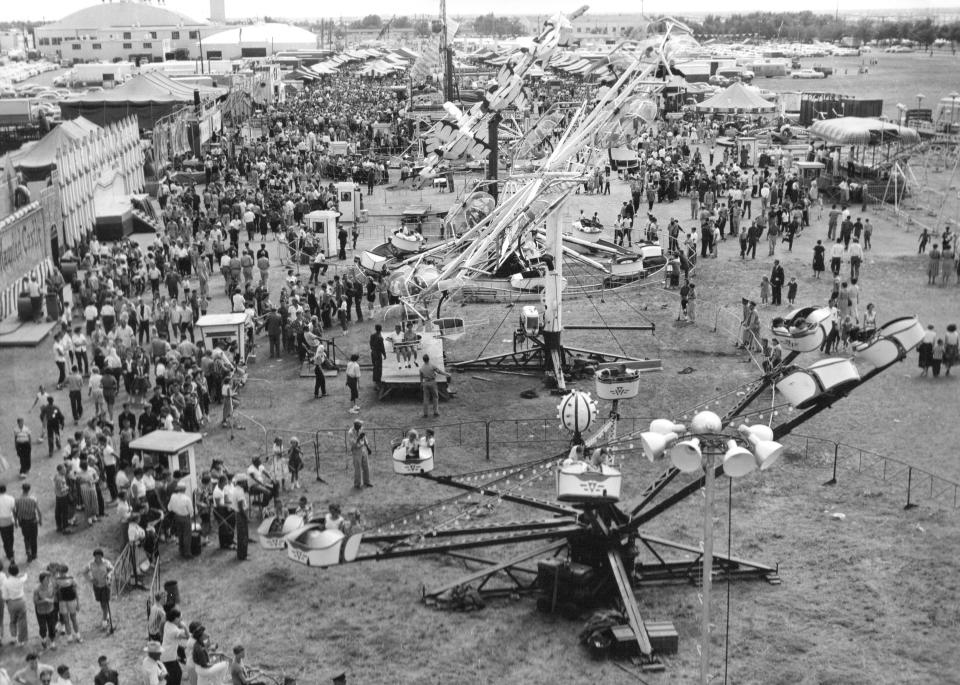
More: Tri-State Fair and Rodeo prepares for centennial celebrations
Racing was to be subordinate to the vast livestock interests in the Panhandle. The first livestock show was in 1897 and has always been a staple to the event.
With a purse of only $10,000, the Amarillo-Panhandle Fair and Livestock Association was organized on Aug. 25, 1899. Rufus L. Stringfellow, mayor of the newly incorporated City of Amarillo, was elected president. James L. Smith was vice-president.
The group applied for a charter and expected to hold the Greatest Fair and Livestock show in the West later that year, but the association crumbled.
A small fair was held in 1907 in the 200 block of East 4th Street, which had exhibits of farm products, canned fruits and vegetables from as far away as Farwell.
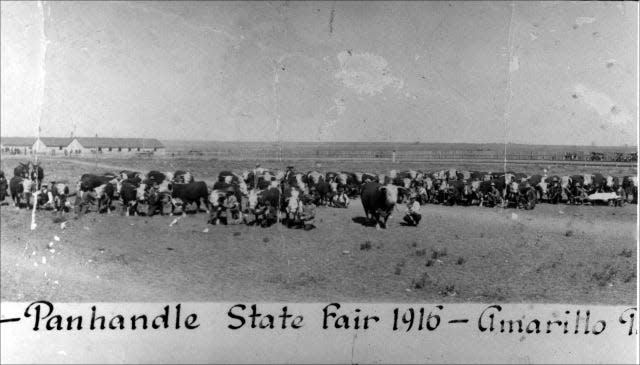
But it wasn’t until January of 1912 that another meeting was held to find the ways and means to form an All-Panhandle Fair. The Chamber of Commerce, Real Estate Exchange and Young Men’s Service League joined together for a fair to be held in the fall. The Panhandle Auto Fair Association also asked to be part of the organization.
The group decided on Glenwood Park, directly east of Llano Cemetery because it had streetcar service. Glenwood Park had served as an amusement center for the area and contained a carousel, scenic railway and opera house that seated 1,600.
But again, the fair stalled.
Finally, gates opened on Oct. 6, 1913, for a Panhandle State Fair, which met with great success — except financially. The Texas Commissioner of Agriculture. E.R. Kone was keynote speaker. Livestock exhibits had some of the best breeds of cattle and hogs ever seen in the Panhandle, according to reports.
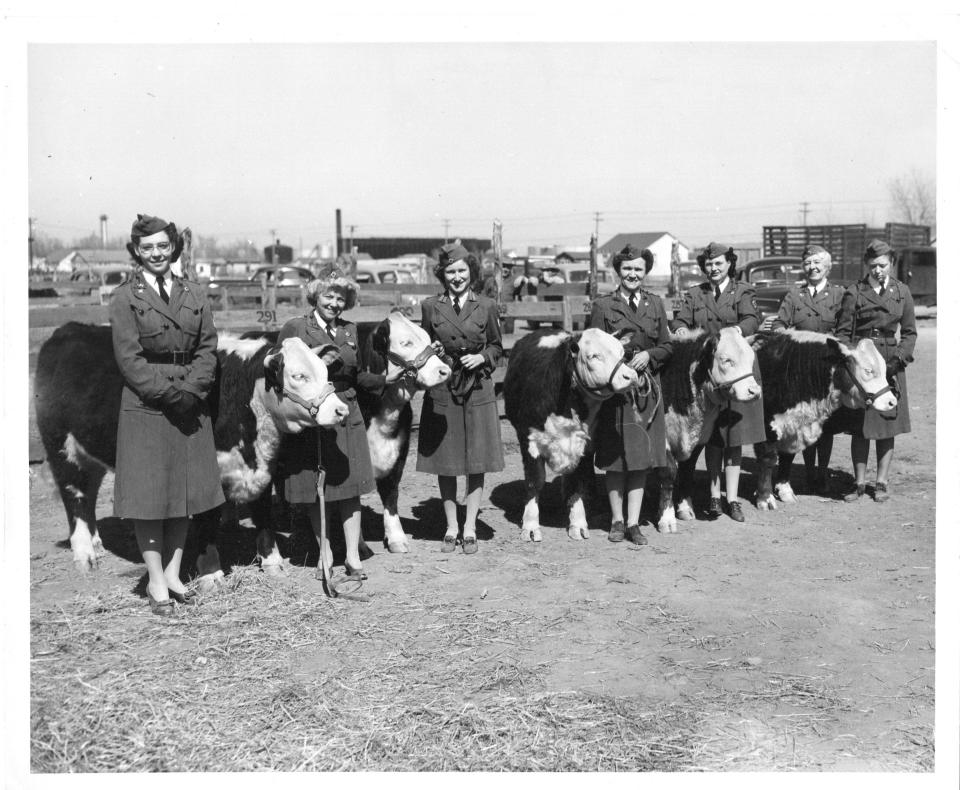
An automobile parade was held on the opening day and was led by the Plainview Band. The winning car was a Hupmobile, adorned like a coach with lavender chrysanthemums and occupants holding lavender parasols. A dramatic “aero plane flight” heralded the event for South Plains Day on Oct. 9, 1913. Events were plentiful and included a livestock parade, buggy race for trotters, band concert and tightrope walk and trapeze artist. An aviator performed stunts throughout the day with daredevil maneuvers, and a noted soprano, Mabel Riegelman, gave a performance of “La Boheme” at the Grand Opera House on Polk Street.
Mothers Day at the fair, Oct. 11, 1913, was the biggest day of the fair and featured a Panhandle Male Quartet and speeches for the Amarillo School Superintendent S.M. Boyd and B.G. Lowery of LoweryPhillips School. A group of 150 traveling men called “Knights of the Grip” led the parade, and there were speeches, vocal groups and piano numbers performed. Today, the audience would be bored, but in that time, it was well attended.
But the Panhandle State Fair only netted $421.29. There was work to be done.
Changes made to make fair profitable
Plans began forming for the next year, 1914, which opened in September with great attendance. It was so crowded that Amarillo Street Railway Company was carrying around two-thirds of the attendees from distant areas in Texas and other states. During the peak points, usually the races, five to six streetcars were waiting to carry the crowds. Fairgoers were treated to a panoramic view of the Panhandle, according to accounts. There were twice as many exhibits as before.
Agriculture exhibits were displayed from around 12 counties including Lubbock and Ochiltree. Amarillo Mill and Elevator Company hosted a display booth advertising their White Lilac and Our Home flour. Karo Syrup served pancakes throughout the day, covered with their syrup. Many of the booths catered to women, such as Singer Sewing Machine Company, J. E. Bryant’s Fine Candies and Confections, and Mrs. Clark’s Spirella Corsetiere. Holland Furniture Company showed samples of furniture while Schillings Best Coffee brewed coffee, with the aroma bringing in customers.
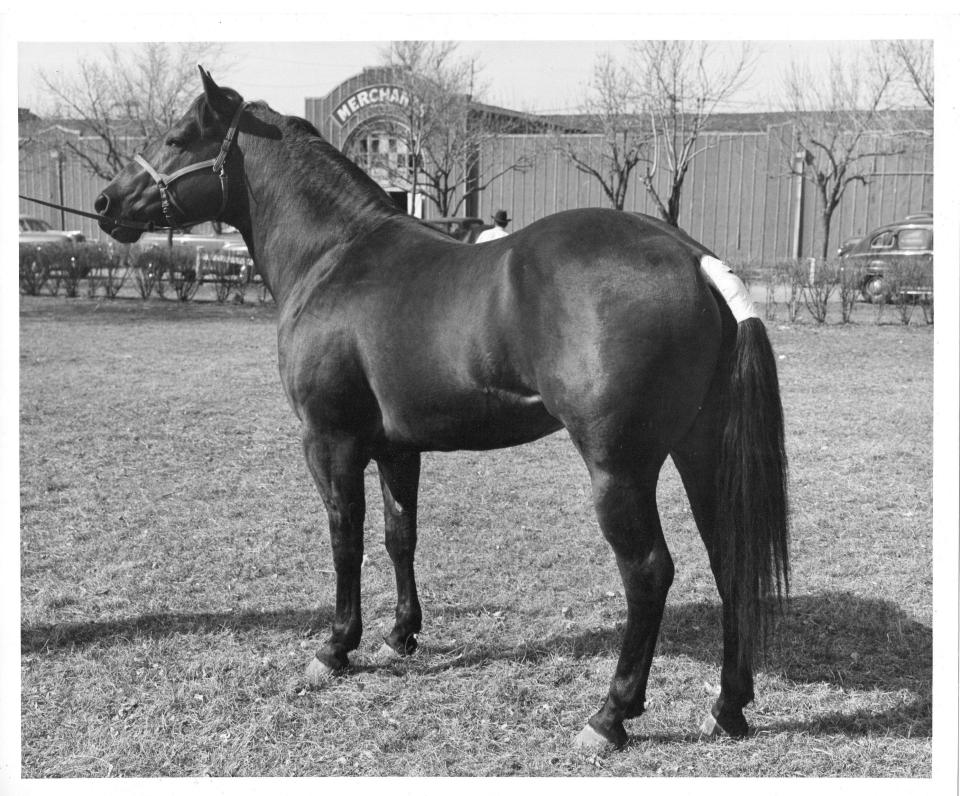
A needlecraft area reportedly showed a beautiful tatted bed set made by a woman named Mrs. Elliott, and admirers dubbed it the most gorgeous piece of needlework ever displayed in Texas.
Area legends such as Charles Goodnight, Captain Harry Ingerton, Laura V. Hamner, Judge Thomas F. Turner, Judge J.N. Browning, Judge Frank Willis of Canadian, and Billy Dixon’s wife, Olive, appeared at the “Old Panhandle Settlers Day” combined with “Women’s Day” on Wednesday at the fairgrounds in the opera house.
Molly Goodnight was called forward from the crowd by Judge Turner and presented with a bouquet of beautiful flowers from the Ladies of Amarillo in honor of her pioneer heritage. Goodnight was the center of attraction at the Women’s Day meeting that afternoon also. The Amarillo Military Band provided music by playing “Dixie” and other southern songs during the occasion.
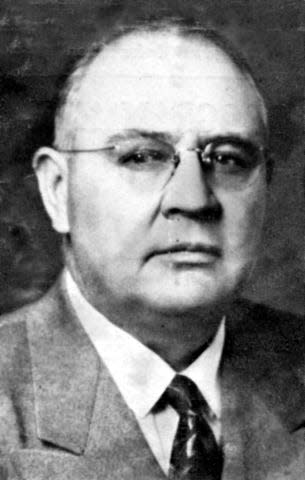
With success in the air, plans were made for a permanent organization of the old settlers. But, with the coming of 1915, the world was facing World War I, and plans were scaled down. War was raging in Europe, more than 120 Americans died in the sinking of the Lusitania, and President Woodrow Wilson declared war on April 6, 1917.
Citizens turned to Red Cross work and hosted liberty drives and promoted war efforts. The war officially ended on Nov. 11, 1918, and years passed before the Fair Association was revived.
Amarillo duels with Lubbock for permanent site of fair
In 1921, the Fair Association opened their headquarters on the second floor of city hall in Amarillo and elected officers. An organization formed for the purpose of promoting the fair, Panhandle Plains, Inc., called a meeting in 1922 at Tulia to discuss the location for a new exposition.
Amarillo and Lubbock both competed for the much-desired fair to be held in their city. John B. Gilvin enlisted a group of 65 Amarillo men to attend the meeting, but the meeting never addressed a site for the event. A later meeting in Hereford was held, and the decision was made to make Amarillo the permanent home of the Panhandle Fair Association. The close proximity to western Oklahoma and eastern New Mexico, as well as Panhandle cities helped lock in Amarillo for the location.
In March 1922, the Board of City Development (BCD) sent out notices to members of the fair board and business people to attend a BCD meeting in March of 1922. The large delegation included such Amarillo notables as Ross Rogers, Rev. Roy Rutherford and the Blackburn Brothers.
At that meeting, F.M. Ryburn informed the group that a bond issue of no less than $100,000 was needed for a successful event. They needed capital to acquire a plot of land on which to build permanent structures. The fair committee recommended that they take funds from a $300,000 account that had been voted on and set aside for a new Municipal Auditorium, but no action was taken.
A delegation appeared before the City Commission on May 23, 1923, and requested use of the streets around the newly constructed Municipal Auditorium to be used, and permission was granted.
Tri-State Fair launched
At long last, on June 23, 1923, the Tri-State Fair was chartered with capital stock of $10,000. It was guaranteed by Col. C.T. Herring as president. The Tri-State Fair opened its gates on Sept. 25, 1923. A six-day event hosted 35 counties and displayed exhibits in the foyer of the new Municipal Auditorium on 505 Buchanan. A large tent stood on the street south of the building, and another one extended 300 feet along Buchanan.

On Jan. 2, 1924, Potter County acquired 129.1 acres between East 10th and East 3rd Street from J.W. Crudgington for $25,820. The fairgrounds has hosted countless generations of folks through the 100 years and continues to draw thousands and add money to the city.
Many famous entertainers have graced the stages of the Tri-State Fair, including George Strait, Tanya Tucker, Ronny Milsap, the Judds and Barbara Mandrell, in past years.
It has changed through the years, of course. The once huge Bill Hames Midway is no longer lighting up the grounds, but Crabtree Amusement brings rides to the exposition. The event continues to offer thousands of exhibits, carnival rides, food booths, rodeos and entertainers. Estimates say the fair has hosted as many as 200,000 annually.
The 2023 Tri-State Fair opened Friday, Sept. 15 and continues through Sept. 23.
More: Tri-State Fair and Rodeo ups security in anticipation of bigger crowds, 2022 incident
This article originally appeared on Amarillo Globe-News: Tri-State Fair transformations over its 100-year history

